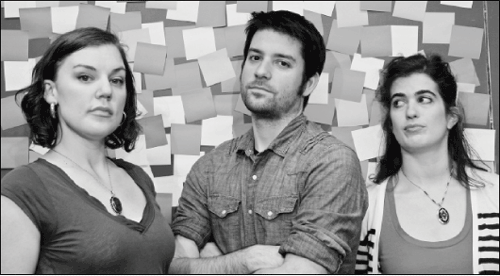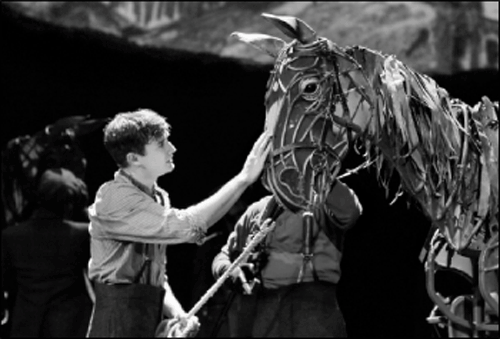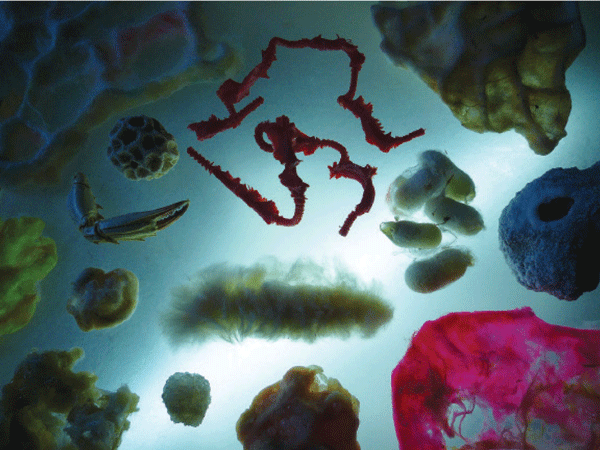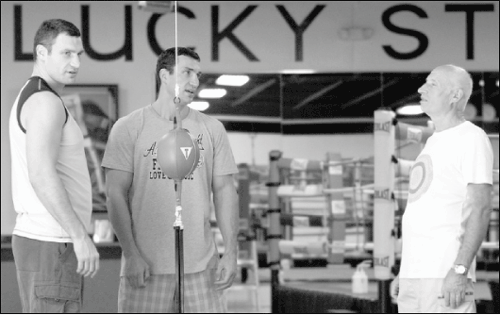
JERRY KEARNS: RRRGGHH!!!
Kearns’ first show in New York since 2006 will feature eight new paintings on canvas, as well as five wall murals. All of these works source inspiration from animation, as well as the comic novel, both stylistically and in regard to structuring content.
The drama-laden conflict of good versus evil, as it is being played out between hero and villain, is at the core here. In Kearns’ hands, however, this duality is far from simple. Instead, it finds manifestation in complex, layered compositions that have a common thread: a hero’s journey captured in various scenes.

Each hero embodies at least one of the more influential archetypes in culture, such as Jesus (see a work entitled “BAM BAM”) or a hybrid of The Joker and the American Cowboy (see “AGGGKK!”). But Kearns is not interested in romanticizing culture. In fact, as someone who came to prominence in the 1980s with politically minded Psychological Pop Art Paintings, he understands his works as a sign of warning, pointing out that in our time, nature has been virtually replaced by mediated information — and that we risk becoming corporate avatars.
Through August 23, at Mike Weiss Gallery (520 W. 24th St., btw. 10th & 11th Aves.). Hours: Tues. – Sat., 10a.m. – 6 p.m. Call 212-691-6899 or visit mikeweissgallery.com.
THE HIDDEN PASSENGERS
Organized by Avi Lubin, this exhibition features works by several well-known names, among them Mark Dion, Pierre Huyghe, and Roxy Paine. In the past, scientists often employed artists to illustrate the results of their research and sometimes, scientists were artists in their own right (think of Ernst Haeckel and his famous “Art forms of Nature”). Today, film, photography, and digital animation no longer make art and science co-dependent.

As a twist, this exhibition picks works that use science as a source of inspiration, albeit without getting lost in truisms. Whereas science aspires to systematically accumulate knowledge and understand the universe from an outside perspective, artists often attempt the opposite. Working from within, they do not assume to understand the world (nor do they long to explain it). Instead, they aim for sparking our imagination and — not unlike Pierre Huyghe’s “A Journey That Wasn’t” — succeed in blending the possible with the impossible.

Through July 26, at apexart (291 Church St., btw. Walker & White Sts.). Hours: Tues.-Sat., 11 a.m. – 6 p.m. Call 212-431-5270 or visit apexart.org.
— BY Stephanie Buhmann (stephaniebuhmann.com)

















